How we fell in love with Italian food
Australia’s love affair with Italian food has been growing for over half a century, and through this time we’ve added our own influences.
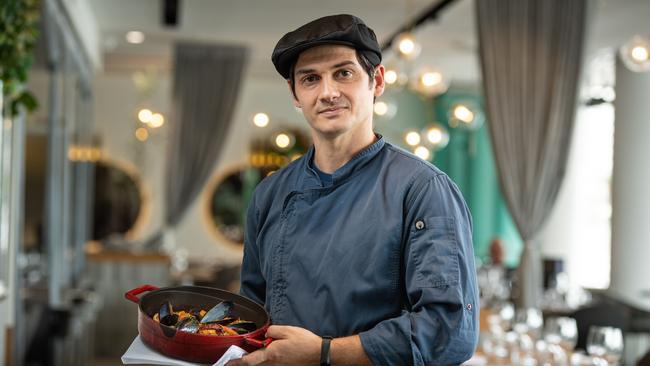
QLD Taste
Don't miss out on the headlines from QLD Taste. Followed categories will be added to My News.
Imagine a morning without the aroma of espresso, midweek dinners without pasta or parmesan, a salad without the glisten of extra virgin olive oil.
What about eating out with no puffy-crusted pizzas or the creamy, boozy perfection of a bowl of tiramisu?
Italian food has made such an impact on the way we eat in Australia that it now seems impossible to believe that it wasn’t always here.
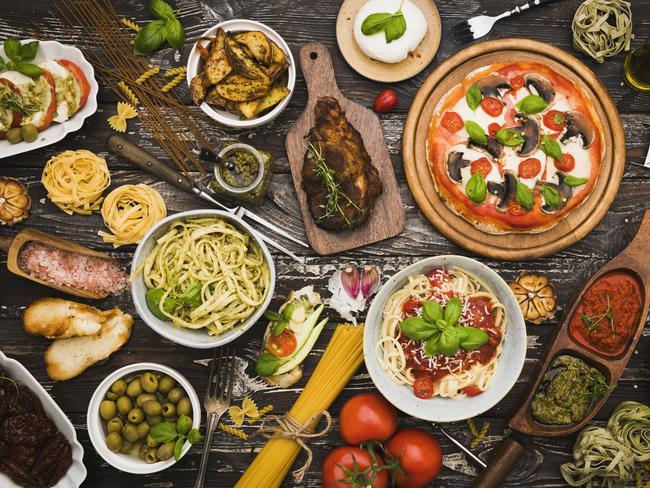
But go back 50 or 60 years, before the post-war wave of Italian migrants and their families were truly embraced by the wider community, and many of these foods were regarded with suspicion. The only coffee was instant. That wonderful oil was considered a medicine at best. How times have changed.
While we might consider Italian food as a single cuisine, the truth is it varies markedly between different regions. Even neighbouring villages can have longstanding disputes about the way to make a particular recipe.
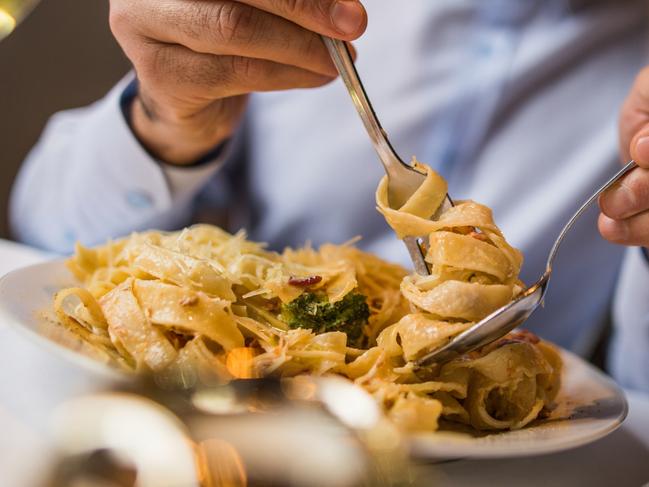
In general, tomatoes, eggplants, olives and seafood are staples in the warmer south. As the temperature falls and the altitude climbs further to the north, there is more dairy, pork, rice and polenta. Other places will have particular specialties: the Moorish influence in Sicily, for example, or Puglia’s rustic preparations of wild bitter greens.
Modern, multicultural Australia has wrapped our arms around all these influences, along with a little American-style pizzazz (and American-style pizzas), and made them our own. We’ve also added our own interpretations, such as the family favourite spag bol, a distant relative at best to the meat ragu of Bologna and surrounds.

Local kitchen legends from Maggie Beer to Stephanie Alexander, Guy Grossi and Stefano Manfredi have shown us how to take ideas from the Mediterranean and adapt them to the fabulous produce available here.
But Italian eating is more than a collection of recipes. It’s a way of living in which very few waking moments are not spent either planning, cooking or eating food. It’s a passion for the freshest and most seasonal ingredients that borders on an obsession. And it is the unique camaraderie that is generated when sitting around a table sharing a feast with family and friends.
VARIETY IS KEY IN THIS BRISBANE GEM
Simple, fresh and tasty is how Massimo’s executive chef, Erik Di Luca, describes the restaurant and bar’s extensive menu.
Working alongside Massimo’s head chef Davide Descisciolo and his team, the duo have designed a menu that gives customers a smorgasbord of variety, using the freshest seasonal local ingredients.
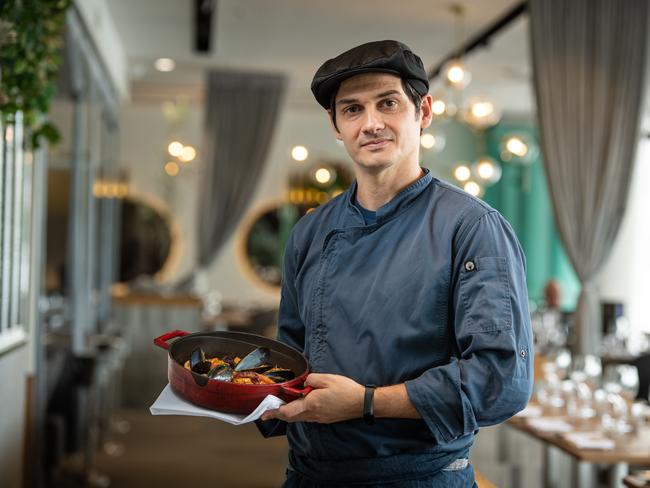
“We like to change the menu every four months; it gives us the ability to combine the freshest produce available to us in our menu design,” Mr Di Luca explained.
“Everything is changing and evolving – this is the beauty of Australia, created from many different cultures that break the rules and give more freedom when it comes to dining.”
Having spent over two decades working in restaurants around the world, Mr Di Luca was appointed executive head chef of the Tassis Group, including Massimo Restaurant and Bar,
Brisbane, in January 2021, with Massmo’s menu dubbed Eagle St’s “most authentic Italian cuisine”.
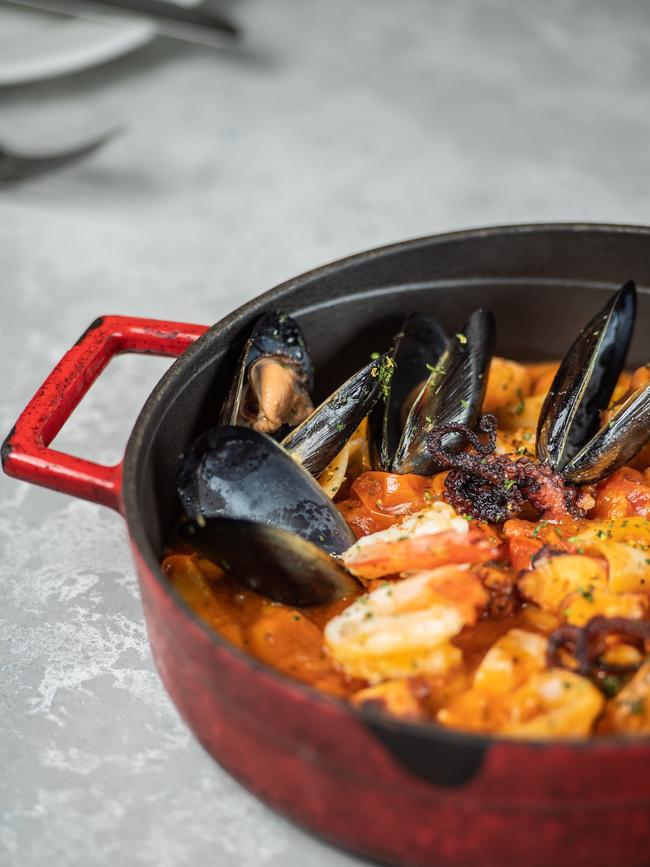
“There is nothing that can give us more satisfaction than seeing our customers leave the restaurant with the desire to return once again,” Mr Di Luca said.
From his favourite dish, the gnocchi marinara, that tastes just like his hometown of Abruzzo in Italy, to the popular sand-crab lasagne that has diners raving, Massimo has perfected the art of combining traditional Italian flavours with a modern Australian twist.
“Just open your mind and enjoy,” Mr Di Luca said.


